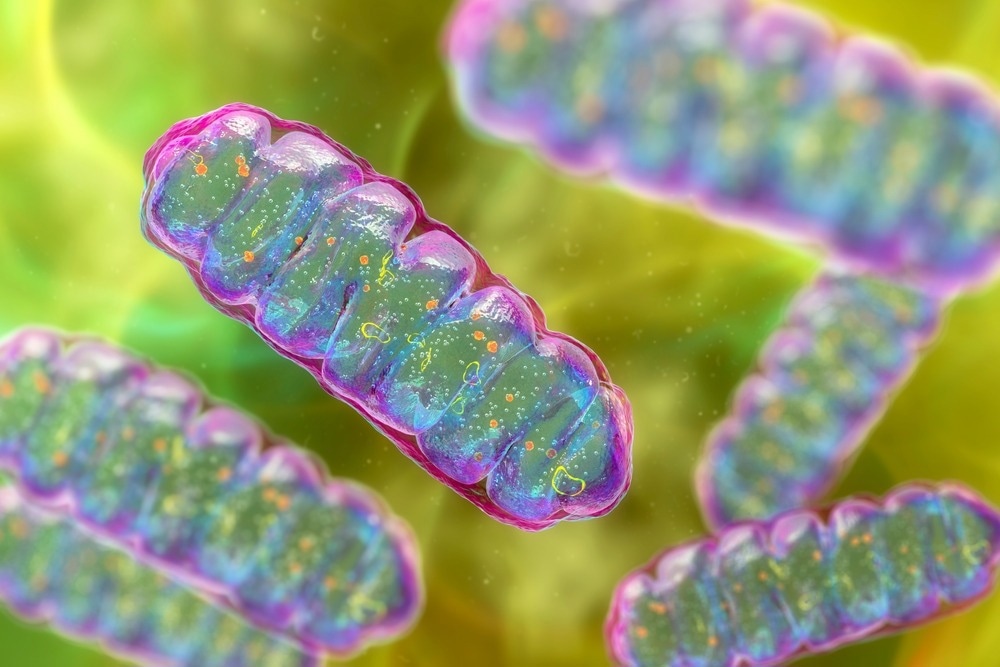Reviewed by Danielle Ellis, B.Sc.Sep 13 2022
The National Science Foundation (NSF) recently announced that it will support the work of a cooperative team of researchers, led by Elizabeth Vierling, Distinguished Professor of Biochemistry at the University of Massachusetts Amherst, who intend to spend the next four years researching the function of mitochondria in plant productivity.

Image Credit: Kateryna Kon/Shutterstock.com
This study will have an immediate impact on how agriculture can adapt to the challenges posed by global warming.
One of the things that fascinates me is to see, at the cellular level, how much of life is the same, but also to see the tiny differences that give life on Earth such diversity.”
Elizabeth Vierling, Distinguished Professor, Biochemistry, University of Massachusetts Amherst
Every living organism more sophisticated than bacteria has cells that contain mitochondria, the cell’s power plant. This is only one example of how living things are similar. A chemical called ATP is produced by mitochondria, microscopic, rod-shaped engines that power the cell by converting oxygen and nutrients.
While the mitochondria that power cells are present in both plant and animal cells, the mitochondria in plants perform a distinct role from the mitochondria in animals.
It is because plants also possess chloroplasts, which according to Vierling “are the cell’s food factories” and are in charge of photosynthesis—the conversion of light into nutrients that the cell can utilize.
Vierling stated, “The mitochondria in plants have to work with the chloroplasts—even though the mitochondria in both plants and animal cells do so many of the same things. How do mitochondria know what kind of cell they are in? How do they know how to act? It is an evolutionary mystery.”
Vierling will work with colleagues from Dartmouth, San Diego State University, and the University of Georgia to examine the function of a protein called ATAD3 in the mitochondria to resolve these unanswered questions.
All higher forms of life—from fruit flies to tomatoes to humans—contain ATAD3, and when it is damaged, it can lead to many major health problems for people.
“Neither humans nor plants can live without ATAD3, and we think that it is one component that tells the mitochondrion whether it is inside a plant or animal cell,” Vierling continued.
If it is accurate that ATAD3 instructs the mitochondria when to behave like an animal and when to behave like a plant, then this is undoubtedly one of the subtle variations responsible for the variety of life.
The flowering plant Arabidopsis thaliana, which will be the subject of the research in the Vierling lab, and a moss, Physcomitrium patens, in the lab of Magdalena Bezanilla at Dartmouth, will serve as the project's “lab rats” in experiments to determine the function of ATAD3.
Elizabeth Waters, an expert in evolutionary bioinformatics at San Diego State University, will be used as a resource for these experiments. The group’s synergy is a key factor in the NSF application’s success.
However, there is more.
Vierling added, “It turns out that minor disruptions to ATAD3 somehow make plants more-heat tolerant. We don’t understand why you can disrupt the ATAD3’s function and get a better response to high temperatures, but that is part of what we want to find out, and it may be a crucial trait for adapting to a warming world.”
The project’s development and implementation of a model program for increasing STEM workforce diversity to educate the next generation of biotech researchers is a key element.
The project’s principal scientists will employ students to assist in the research process; during the following four years, Vierling’s lab will engage five to six undergraduates. The program “BioTech at San Diego State University” will be run by San Diego State’s Waters and University of Georgia’s Paula Lemons, a STEM education specialist.
Each of the four senior researchers will collaborate with more than 40 undergraduates from underrepresented backgrounds to prepare them in scientific research techniques, connect them with summer internships at biotech companies, and involve them in a two-year learning community for professional development.
The program could serve as a template for other organizations looking to increase the diversity of the expanding biotech workforce.